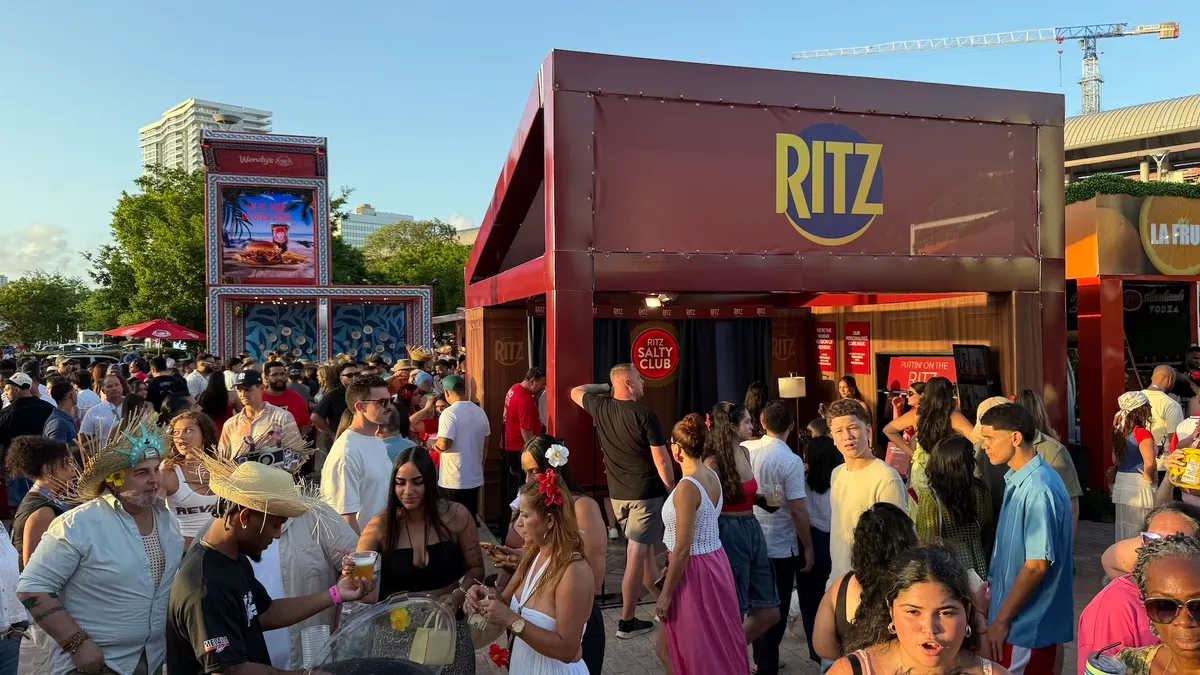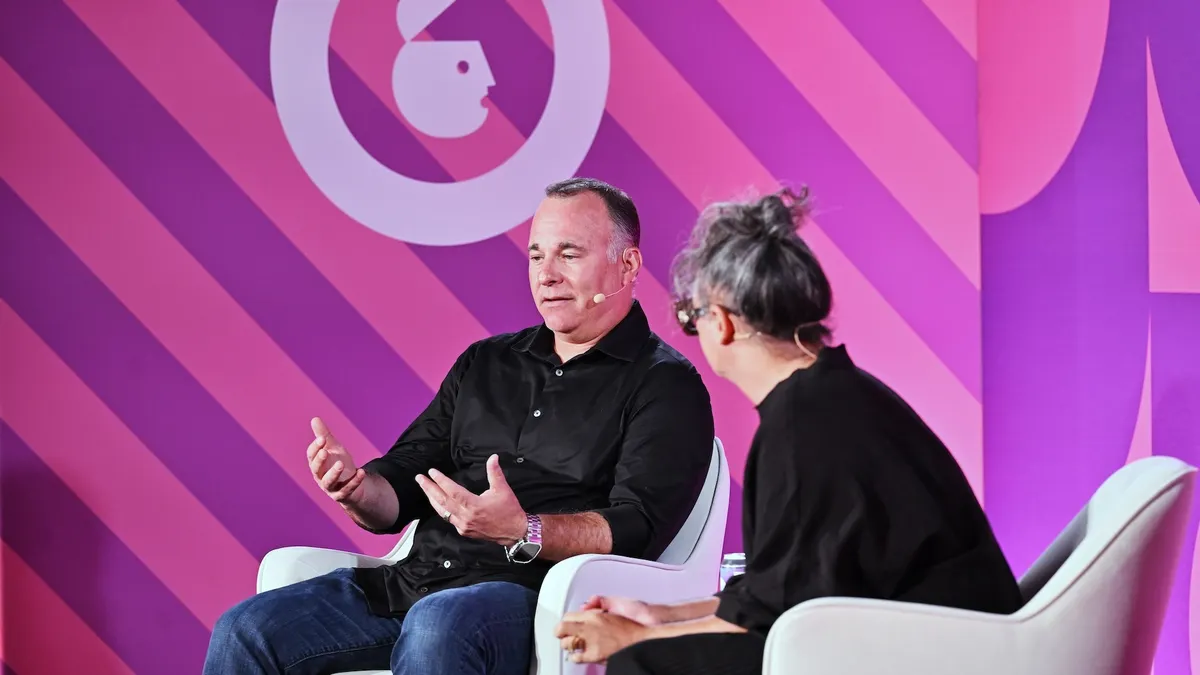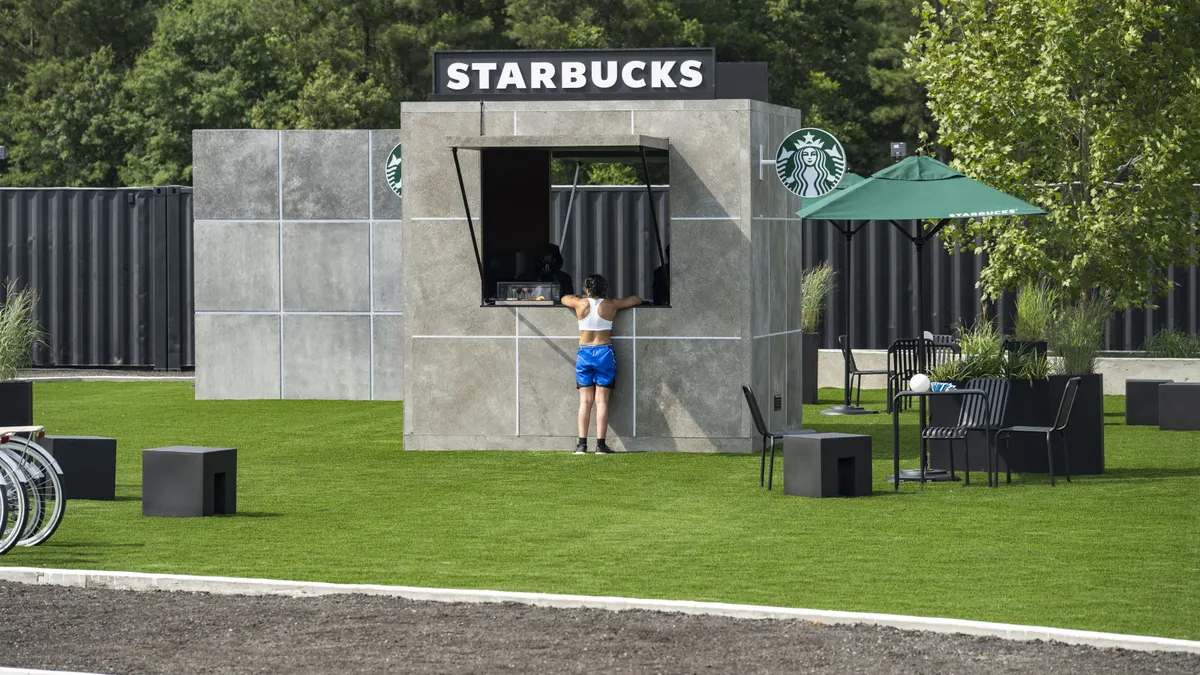Mondelēz International beat Wall Street estimates in Q2 2025, with organic net revenue growing 5.6%. But strong international growth concealed the company’s struggles in North America, especially in the U.S., due to consumer anxiety around personal finances, job expectations and inflation.

A bright spot for Mondelēz during recent macroeconomic uneasiness has been its savory snacks portfolio, especially Ritz crackers, which last year grew household penetration, gained share within the cracker category and was one of the fastest growing brands in the savory category, according to Steven Saenen, the category president for savory at Mondelēz.
“Ritz has a very strong foundation to build off. It's a 90 year old brand, very iconic. It's in almost half of American households with 47% household penetration. It's close to $1.5 billion in sales and the growth has been pretty strong. We've actually grown almost half a billion dollars over the past six to seven years,” said Saenen.
To build on that growth, Ritz is focused — as other CPG brands have been for years — on connecting with consumers around culture. The brand’s success could also be a blueprint for other Mondelēz savory snack brands that the company hopes to turn into an engine for growth.
Saenen was recently promoted to category president after nearly two years as vice president of Ritz. Marketing Dive spoke with the executive about Mondelēz’s plans for Ritz and the rest of the portfolio.
The following interview has been edited for clarity and brevity.
MARKETING DIVE: How is the marketing strategy evolving for Ritz?
STEVEN SAENEN: For the next chapter of growth, what we want to do is turn this from a trusted classic cracker to a modern savory snack. We don't just want to be the number one cracker. We want to be a leading brand in the broader savory space. In doing so, I also think that we'll actually reinvigorate the crackers category as a whole.
To modernize the brand, there's a number of things we have to do. Number one is really culturally driven marketing. Bold innovation is a big priority for us, and then it's about meeting consumers wherever they are looking for great snacks, what we call omnichannel ubiquity.
What does culturally driven marketing look like for Ritz?
There are a number of things. We have a long-standing partnership with the NCAA; we always activate around March Madness. We have a number of partnerships with individual athletes as well, like [college basketball player] JuJu Watkins and [NFL player] George Kittle.
We have a new partnership with [MLS team] Inter Miami, where the local fan base is 70% Hispanic. Our multicultural consumer is really important to us. This is where Bad Bunny fits in. We kicked off our “Salty Club” in the Super Bowl commercial. What we're doing now is basically bringing it to life with a onsite pop-up experience at his residency, which will be a great spot for people to enjoy and amplify the experience.
Bad Bunny’s “No Me Quiero Ir de Aqui” is more than just one concert; it’s a 30-show residency in Puerto Rico focused on his fans in the territory. How does this change the equation for Ritz?
Bad Bunny is not just one of the most successful Latin artists, but he's a true cultural icon for this community, and he's a self-professed lover of the Ritz brand, as well. It’s really a perfect collaboration. His investment in community is really important for us too, and that's the angle we're always taking with him. We love to be playing a little part in that, in bringing some of his fans to the residency who can win a pair of tickets with all expenses paid.
Ritz is already the number one multicultural cracker, and that's something that's really important to us. This is a really big growth cohort, specifically the Hispanic consumer. What we're trying to do is continue to look for and find ways to create more meaningful, authentic connections.
How is Mondelēz meeting consumers’ evolving tastes in snacking?
What we're seeing is very different dynamics between sweet and savory, and that's really why we at Mondelēz have now made the decision to split up both categories. I'm really excited about this opportunity, because I think it will allow us to have full dedicated focus. Our savory portfolio includes Ritz, but also Triscuits, Wheat Thins and some smaller brands, such as Good Thins, which are growing strongly.
What we really want to do is just be in service of the consumer, because the consumer needs in this space are a little bit different. What they're really looking for is more value, more convenience, a lot more flavor, but also more better-for-you options. Our vision is to put Mondelēz on the map as a leader in this broader savory space that we think is up for a bit of a reinvention, and we want to be leading the way there.
Speaking of value, how do you make that pitch with a name brand?
In the numbers, we don't see us losing share, for example, to private label. We're also very deliberately investing to stay relevant as a brand, but also keep people coming to the category. That's through media investments and innovation.
We also know that value means different things to different people. For some people, it's really about the dollar-per-ounce value, which we offer through larger formats. For some people, it’s more like convenience, freshness and lower price points, and we’re amplifying those solutions in the portfolio.





















